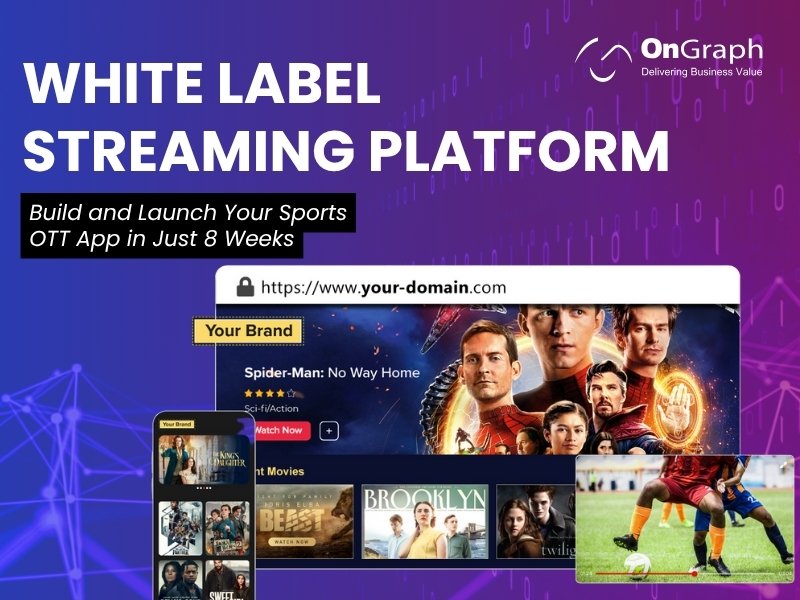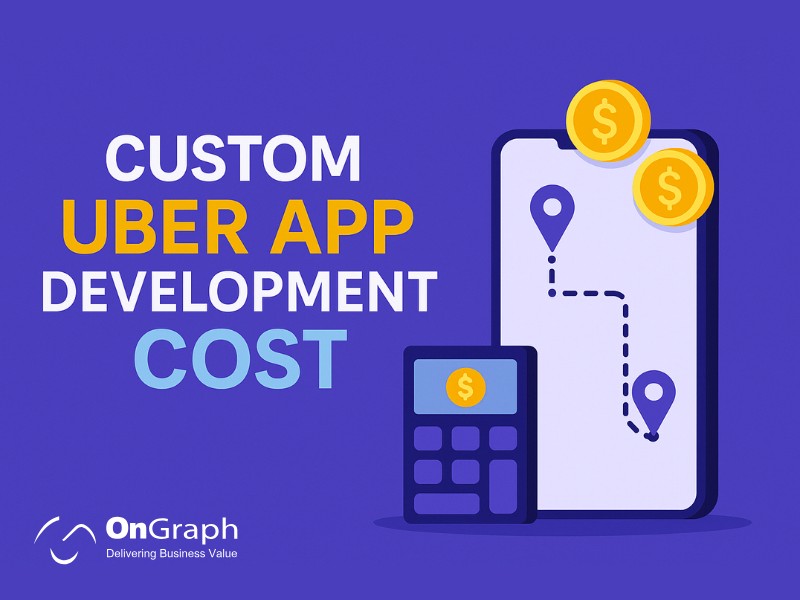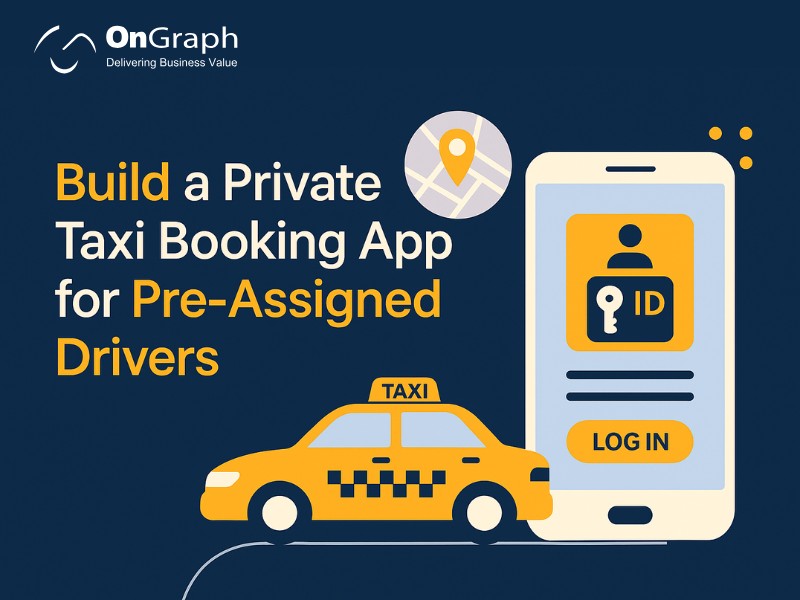In this article
- The Rise of White Label Streaming Platforms
- What Is a White Label Streaming Platform?
- Core Features of a White Label Video Streaming Platform
- White Label vs Custom OTT App Development
- Market Opportunities in Sports Streaming
- Understanding OTT App Development Cost
- Security and DRM in OTT Apps
- How to Choose the Right OTT App Development Partner?
- Key Benefits of a White Label Streaming Platform
- Case Study: Regional Sports League’s OTT Success
- Launch Roadmap: How to Go Live in 8 Weeks
- Best Practices for OTT Apps Security Solutions
- Future of OTT Streaming and White Label Platforms
- Key Takeaways
Launching a white label streaming platform has become one of the fastest and most cost-effective ways for media owners, sports organizations, and content creators to enter the booming OTT industry.
Instead of starting from scratch, brands can leverage ready-made, customizable technology to deliver a Netflix-like experience under their own name — without spending years on development.
In this in-depth guide, you’ll learn everything about white label video streaming platforms — how they work, why they’re essential for sports and entertainment, the cost involved, and how to choose the right OTT app development company to go live in as little as eight weeks.
The Rise of White Label Streaming Platforms
The OTT industry is exploding globally. According to Statista (2025), the global video streaming market is projected to hit US $400 billion by 2027, growing at a CAGR of 13.3%.
The number of active OTT viewers worldwide is expected to cross 4 billion by 2026. As broadband access and mobile devices expand, niche streaming services — from sports and fitness to education and local entertainment — are gaining massive traction.
Yet, building your own Netflix-like platform from scratch can cost hundreds of thousands of dollars. That’s where white label streaming platforms come in — providing pre-built, customizable, and scalable OTT solutions that can be launched within weeks.
What Is a White Label Streaming Platform?
A white label streaming platform is a ready-made, fully functional OTT solution that lets you brand it as your own. You get the infrastructure, content management, monetization tools, and apps — but with your custom logo, theme, and features.
Unlike platforms like YouTube or Vimeo (where you host content under their brand), a white label video streaming platform gives you complete ownership of user data, design, and revenue.
Example:
If you’re running a sports league or media company, you can use a white label live streaming platform to:
- Broadcast live matches
- Offer replays and highlights (VOD)
- Monetize via subscriptions or ads
- Manage your audience and analyze engagement
Essentially, it’s your own OTT app, powered by enterprise-grade technology — without the high setup cost or time investment of custom OTT app development.
Core Features of a White Label Video Streaming Platform
Here are the must-have features that define a professional-grade streaming solution:
| Feature | Purpose / Value |
| Content Management System (CMS) | Upload, organize, and tag video content easily |
| Live Streaming Support | Broadcast live events with low latency |
| VOD Library | Host pre-recorded content like highlights, interviews, and docuseries |
| Multi-bitrate Transcoding | Auto-adjusts video quality based on internet speed |
| DRM & Security Controls | Protect against piracy, screen recording, and illegal downloads |
| Geo-blocking | Limit access based on country or region |
| Subscription Management | Handle monthly plans, PPV, or hybrid models |
| Payment Gateway Integration | Secure global payments via Stripe, Razorpay, etc. |
| Multi-Device Apps | Launch across web, iOS, Android, Smart TVs, and Roku |
| Analytics Dashboard | Track views, watch time, churn, and revenue |
| Advertisement Management | Integrate Google AdMob or custom ads for monetization |
White Label vs Custom OTT App Development?
When considering OTT app development, companies face two options: build from scratch or use a white label base.
| Parameter | White Label Streaming Platform | Custom OTT Development |
| Time to Market | 6–8 weeks | 6–12 months |
| Development Cost | $25,000 – $80,000 | $100,000 – $500,000+ |
| Customization Level | High (branding, UI, add-ons) | Unlimited but time-intensive |
| Maintenance | Managed by vendor | Fully your responsibility |
| Scalability | Built-in | Custom scaling required |
| Best For | Quick go-to-market, SMBs, startups | Large enterprises with unique needs |
For most businesses, a white label live streaming platform offers the perfect balance of speed, flexibility, and cost-efficiency.
Also read- How to Launch Your Own OTT App: A Practical 2025 Guide
Market Opportunities in Sports Streaming
The sports OTT segment is one of the fastest-growing categories in digital entertainment.
- According to Grand View Research (2024), the sports streaming market was valued at US $87 billion in 2023 and is projected to grow at 21% CAGR by 2030.
- Major drivers include 5G adoption, smart TV penetration, and increasing demand for local and college-level tournaments being streamed online.
Sports federations, universities, and tournament organizers are turning to white label video streaming platforms to:
- Stream live events directly to fans
- Offer replay and highlight sections
- Monetize exclusive content through subscriptions or sponsorships
For instance, smaller sports leagues in the US and Europe use white label OTT app development services to build apps similar to ESPN+ but focused on regional audiences.
Understanding OTT App Development Cost
While costs vary depending on complexity, here’s an approximate breakdown:
| Tier | Features Included | Estimated Cost (USD) | Timeline |
| MVP (Web + Mobile) | Branding, CMS, Live & VOD, Payments, Analytics | $25,000 – $60,000 | 6–8 weeks |
| Advanced OTT Platform | Multi-DRM, Monetization, Offline Mode, Ads | $60,000 – $100,000 | 10–12 weeks |
| Full Multi-Device Rollout | Smart TVs, Roku, Fire TV, Apple TV | Smart TVs, Roku, Fire TV, Apple TV | 16–20 weeks |
Security and DRM in OTT Apps
Content piracy costs the streaming industry over $50 billion annually (Digital TV Research, 2024). That’s why OTT apps security solutions are essential for protecting revenue.
Top security features to integrate:
- Multi-DRM (Widevine, PlayReady, FairPlay) for cross-device content protection
- Token-based authentication to prevent URL sharing
- Geo-blocking and IP restrictions to comply with licensing
- Watermarking to track leaks
- Anti-screen-recording layers to prevent illegal captures
A reliable OTT app development company will include these modules natively in their white label solution.
How to Choose the Right OTT App Development Partner?
Here’s a practical checklist before signing a contract:
- Experience in OTT streaming app development services: Review portfolio and case studies. Ask about past projects in sports or media.
- Custom branding flexibility: Ensure full control of colors, typography, and layout.
- Live + VOD readiness: The platform should handle both on-demand videos and real-time streaming.
- Monetization variety: Look for hybrid models- SVOD, TVOD, AVOD, or coupons.
- DRM and security stack: Must include encryption, DRM, and watermarking out of the box.
- Scalability: Ask for uptime SLAs and concurrent viewer benchmarks.
- Post-launch support: Ensure regular updates, bug fixes, and infrastructure monitoring.
- Transparent pricing: Clarify costs for new modules, bandwidth, and device additions.
Choosing the right partner determines not just your launch timeline, but also your long-term profitability.
Ready to Launch Your Sports Streaming Platform? Let’s Build It in 8 Weeks
Key Benefits of a White Label Streaming Platform
- Faster Launch: Go live in 8 weeks instead of 12 months.
- Brand Ownership: Retain your logo, domain, and data.
- Lower Total Cost of Ownership: No need for large engineering teams.
- Revenue Control: 100% of user revenue goes directly to you.
- Flexibility: Add or remove modules based on business growth.
- Cross-Platform Access: Reach audiences on mobile, web, and TV seamlessly.
- Data-Driven Insights: Get analytics dashboards to refine content strategy.
Case Study: Regional Sports League’s OTT Success
A regional sports association wanted to live stream tournaments and generate new revenue from subscriptions.
Challenge: Build a branded OTT app quickly without large investment.
Solution: Used a white label live streaming platform for mobile and web.
Result:
- Launch time: 7 weeks
- Downloads: 10,000+ in 3 months
- Revenue: $50,000 in first quarter via monthly subscriptions
- Retention: 68% repeat viewers
This demonstrates how sports organizations can monetize content affordably with a white label OTT model.
Launch Roadmap: How to Go Live in 8 Weeks
| Week | Milestone |
| Week 1–2: | Requirement gathering, wireframes, brand kit approval |
| Week 3–4: | Backend setup, CMS integration, live stream testing |
| Week 5–6: | App design implementation, payment & DRM integration |
| Week 7: | QA testing, device optimization, beta launch |
| Week 8: | Final deployment to Play Store, App Store, and Web |
With a focused approach and an experienced team, launching in 8 weeks is realistic.
Best Practices for OTT Apps Security Solutions
As streaming grows, cyberattacks also rise. Here’s how to keep your OTT platform safe:
- Use HTTPS and SSL encryption for all data transfers.
- Employ multi-factor authentication (MFA) for admin logins.
- Implement automated backups and role-based access control.
- Monitor streams for suspicious access or concurrent logins.
- Partner with CDN providers offering DDoS protection and traffic filtering.
Security builds trust and protects both users and your revenue stream.
Future of OTT Streaming and White Label Platforms
The future of streaming will be AI-driven personalization, interactive content, and 5G-powered real-time experiences.
By 2030, experts predict that more than 70% of streaming services will rely on white label frameworks to scale efficiently and enter new markets faster.
White label streaming platforms are no longer shortcuts — they’re strategic tools that empower creators and brands to compete globally.
Key Takeaways
- A white label streaming platform offers the fastest path to launching a sports or entertainment OTT service.
- It combines live streaming, VOD, analytics, and monetization in one ecosystem.
- Costs start around $25,000 for MVP and can scale with advanced features.
- Prioritize DRM, scalability, and support when choosing your vendor.
- With proper planning, you can launch a professional OTT app in 8 weeks or less.
FAQs
With a structured development plan, you can launch a branded OTT app in 6–8 weeks.
Basic setups start at $25,000, while full multi-device deployments with smart TV apps can reach $150,000+.
Yes. Most vendors support hybrid monetization — ads (AVOD), subscriptions (SVOD), and pay-per-view (TVOD).
Absolutely. DRM protects your content from piracy and ensures secure playback across devices.
Sports, education, fitness, media, corporate training, and entertainment businesses widely adopt white label solutions.
Experience, transparent pricing, scalable infrastructure, 24/7 support, and expertise in OTT apps security solutions.
About the Author
Let’s Create Something Great Together!
Latest Blog
















